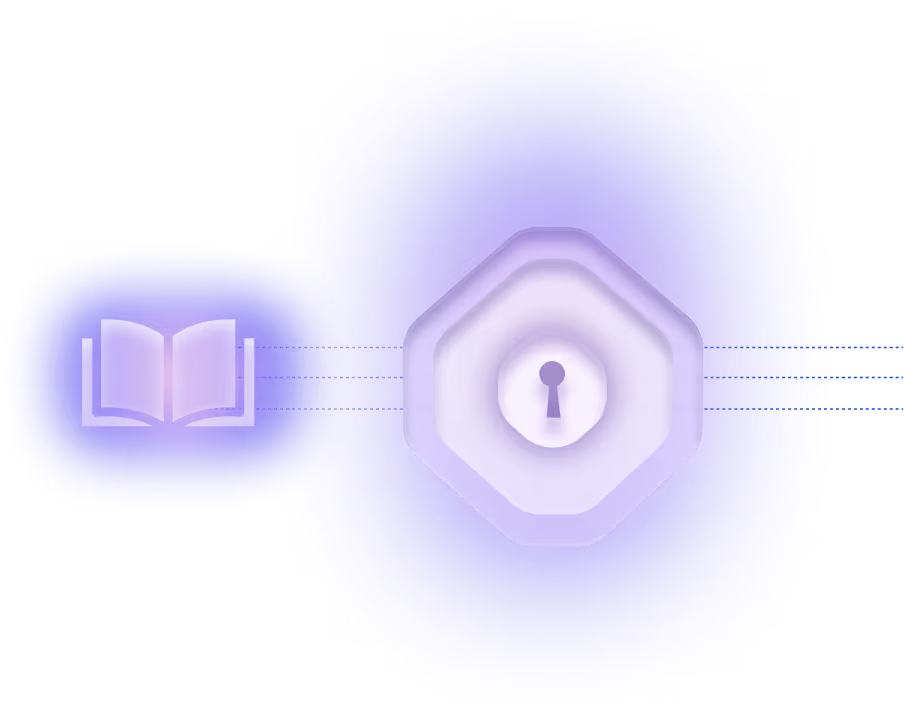PAM

What is PAM?
Privileged Access Management (PAM) refers to a set of cybersecurity technologies and practices designed to secure, control, and monitor access to critical systems and data by privileged accounts. Traditionally, these have been human administrators, but in modern enterprise environments, the scope has expanded to include Non-Human Identities (NHIs)—such as service accounts, API keys, and cloud workload identities—that routinely perform high-privilege operations without human oversight.
Why is it important?
In today’s hybrid and multi-cloud architectures, PAM is essential for reducing the risk of credential misuse, privilege escalation, and lateral movement. NHIs now represent the majority of privileged identities in large enterprises, yet often operate with excessive, persistent access. A compromised NHI—such as an overprivileged API key—can enable attackers to bypass traditional controls and pivot across cloud environments undetected. PAM provides the necessary guardrails, including credential vaulting, access approvals, and activity monitoring, to enforce least privilege and prevent unauthorized access.
What are common applications or use cases?
For example, a PAM solution may enforce just-in-time access for a CI/CD pipeline service account, providing temporary database privileges only during deployment. Similarly, PAM may rotate secrets for Kubernetes workloads every few minutes to reduce the risk of credential theft. PAM platforms can also monitor NHI behavior patterns, alerting on anomalies—such as a service account accessing a production environment outside of its normal operating window.
What is the connection to NHIs (Non-Human Identities)?
NHIs introduce unique challenges to PAM. Unlike human users, NHIs are provisioned dynamically—often by developers or automated tools—across multiple clouds. They require ephemeral, context-sensitive access and operate at machine speed. Legacy PAM tools, built for static human workflows, often lack the agility to manage thousands of NHIs with millisecond-scale credential lifespans. As a result, modern PAM strategies must integrate with secrets managers, cloud IAM APIs, and workload identity frameworks to govern NHIs effectively.
Are there any notable industry data, trends, or standards?
Yes. Studies indicate that 89% of privileged accounts in Fortune 500 organizations are now non-human, and 73% of cloud breaches involve mismanaged machine credentials. Regulatory frameworks such as NIST SP 800-204, PCI DSS v4.0, and GDPR increasingly mandate controls specific to NHIs, including just-in-time access, audit logging, and credential rotation. To meet these standards, enterprises are adopting PAM solutions that support cryptographic workload identity, behavioral baselining, and zero-trust enforcement models.
What is the broader impact or takeaway?
While PAM remains a foundational component of enterprise security, it must evolve to address the realities of machine-driven infrastructure. Organizations that extend PAM to cover NHIs—by automating identity lifecycles, enforcing dynamic privilege boundaries, and integrating with cloud-native services—can significantly reduce their attack surface and ensure compliance. In this shift, PAM becomes not just a control mechanism, but a strategic enabler of secure automation, resilient DevOps, and scalable cloud governance.





